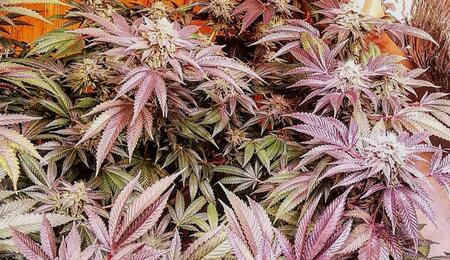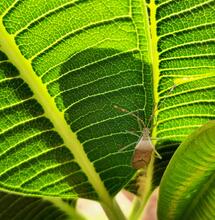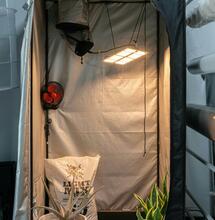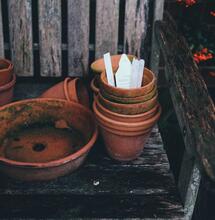7 Top Tips On Bigger Yields

The starting point for the indoor grower and one of the most important pieces of equipment when growing Cannabis. Knowing which light is best suited for your particular growing needs should be down to how much power you are prepared to use, the grow space and the number of plants.
The Grow Light
Our top tip here is to invest in a light that you can use the entire lifecycle of the plant. Avoid using low powered H.P.S and try and stay away from low powered CFL and LED that simply do not have the power the plants require.
Organic or Hydro?
When it comes to achieving the best flavours when smoking, many would say organic grown Cannabis reveals the full flavour. The same crowd will also say chemical grown flowers are not good for the environment and produce a minimal taste comparison to organics.
Our top tip here is to decide if you are growing for numbers and to hit target yields, or if the flowers being grown are for your head stash and personal use. There are benefits to growing with hydroponics and even though an enhanced yield is certainly one, the downside on taste value can be lost.
Big Yielding Genetics
There are genetics that are able to produce very large yields, however knowing which ones are best suited for you, should be down to research. Strains such as Critical, Skunk, Super Skunk, White Rhino will all yield large dense buds within a time frame of 7-8 weeks. On the other hand if you are able to flower for up to 12-14 weeks, sativa varieties of Cannabis will produce enormous yields, yet must be given the full time to flower and ripen.
Our top tip here is to choose in advance if you will prefer to grow 2 cycle using an 7-8 week flowering variety, where you would grow in a Sea Of Green format with very little vegetative time. Then again decide if you will grow long flowering strains that take 12-14 weeks and hope to yield the same amount you would have over 2 grows. This decision should be based on logistics more than anything and most commercial growers will avoid anything that takes over 8 weeks, especially in the U.S.
Humidity and temperature play a key role
Relative Humidity and Temperature
Depending on which stage your Cannabis plants are growing at, having control of your humidity and temperature will make a massive difference in how they grow, photosynthesise and avoid pathogens and disease. When the plants are growing under 18/6 they should be exposed to a higher humidity of 75% with a consistent temperature of 24 degrees Celsius. When flowering under 12/12, then humidity must be lowered below 40% with the same grow room temperature.
Our top tip here is to use humidifiers or dehumidifiers to actively control the amount of humidity the plants are exposed to. Stomata which are responsible for the uptake of CO2 perform more efficiently when humidity levels are highest during 18/6. Keeping humidity above 40% will encourage bud rot, powdery mildew and spider mites to infest the plants.
Longer Growing Periods
Growing Cannabis plants for a long time during 18/6 is the best way to establish a large root zone, which the plants will depend on when flowering. During this time is when plant training can be applied to purposely stress the plants causing them to respond with a strong growth structure.
Our top tip here is to try growing your plants under 18/6 from seed for at least 4 weeks. Cannabis plants will take a few weeks to really transition to flowering, which is usually displayed in the form of aggressive stretching. Plants with a bigger root system will always respond better than a plant with a small root structure.
What About Plant Training?
Plant training is a great way to grow bigger, bushy plants yet there are a few factors to consider. Techniques such as topping, low stress technique and super cropping require time to allow plants to fully recover and allow the canopy to grow in the desired shape.
Our top tip here is to make sure that you do not cause too much trauma or stress by training the plants. Sometimes tying plants down or pruning too late can be counter productive and may cost you in terms of yield. We recommend that you keep the training simple, especially if you are working with a time frame of up to 4 weeks or less.
L.S.T is an excellent way to open up the canopy.
Add Your Heading Text Here
If you have ever purchased organic nutrients, then you will have found most of the times the nutrient itself is a heavy, dense dark liquid. There are multiple products like this description on the market, ranging from unsulphured black strap molasses to sugar beet. Beneficial bacteria that live within rich, organic growing mediums need Carbon as a food source.
Our top tip here is to think about feeding the soil food web, and not the plant. As long as you are supplying Carbon based foods such as molasses, honey, biochar, humic acids, fulvic acids and compost, then in return your Cannabis plants will grow with symbiosis. The end result is a root mass that has the ability to grow up to 700% faster.
Topping plants encourages heavy harvests



.png)